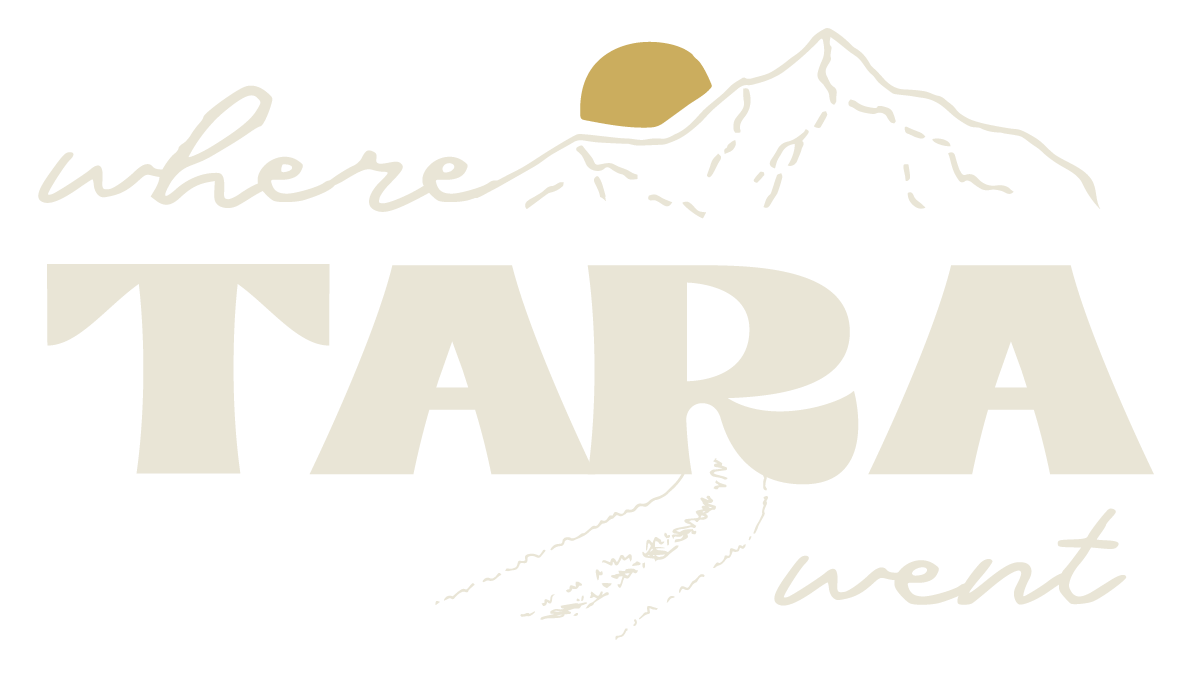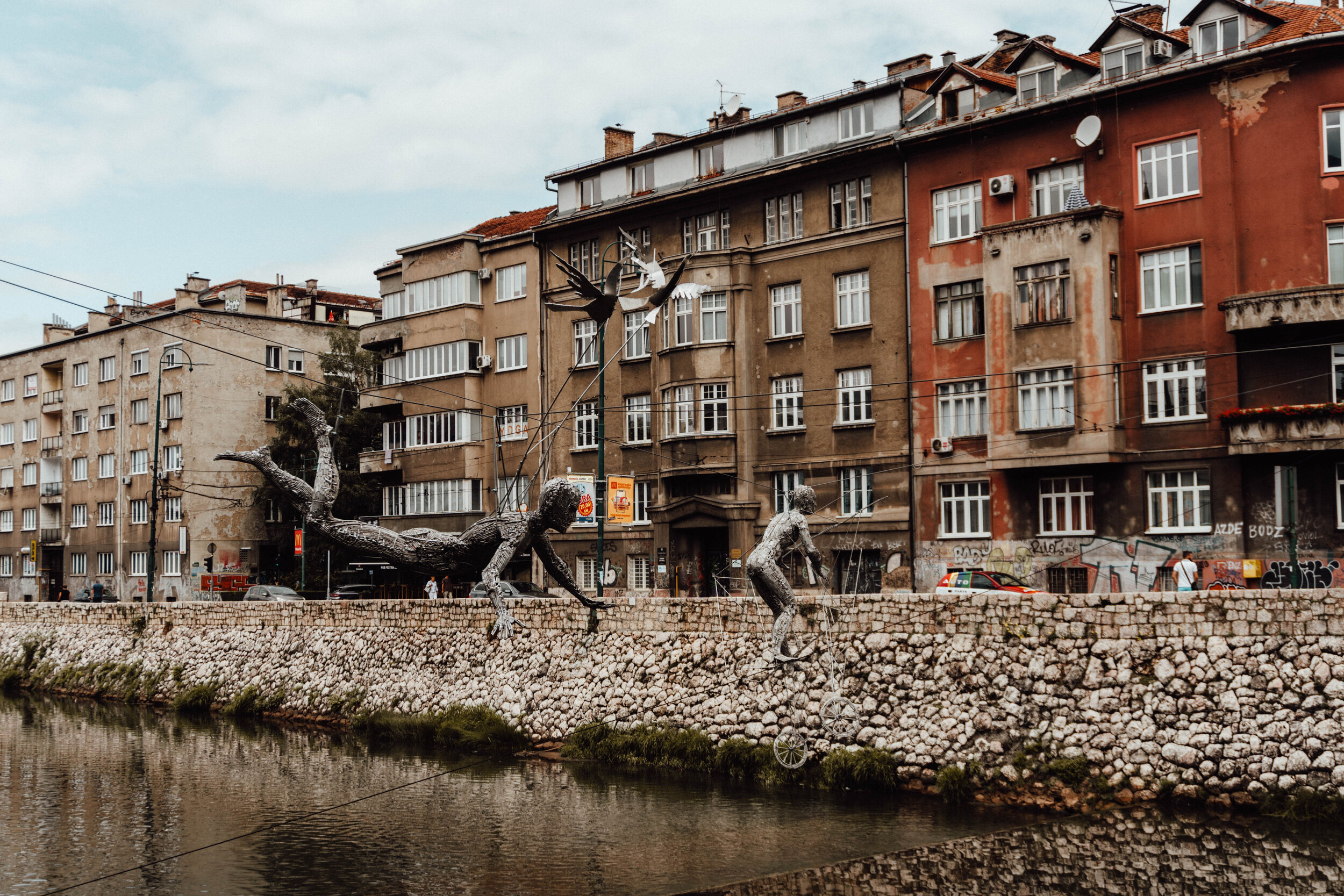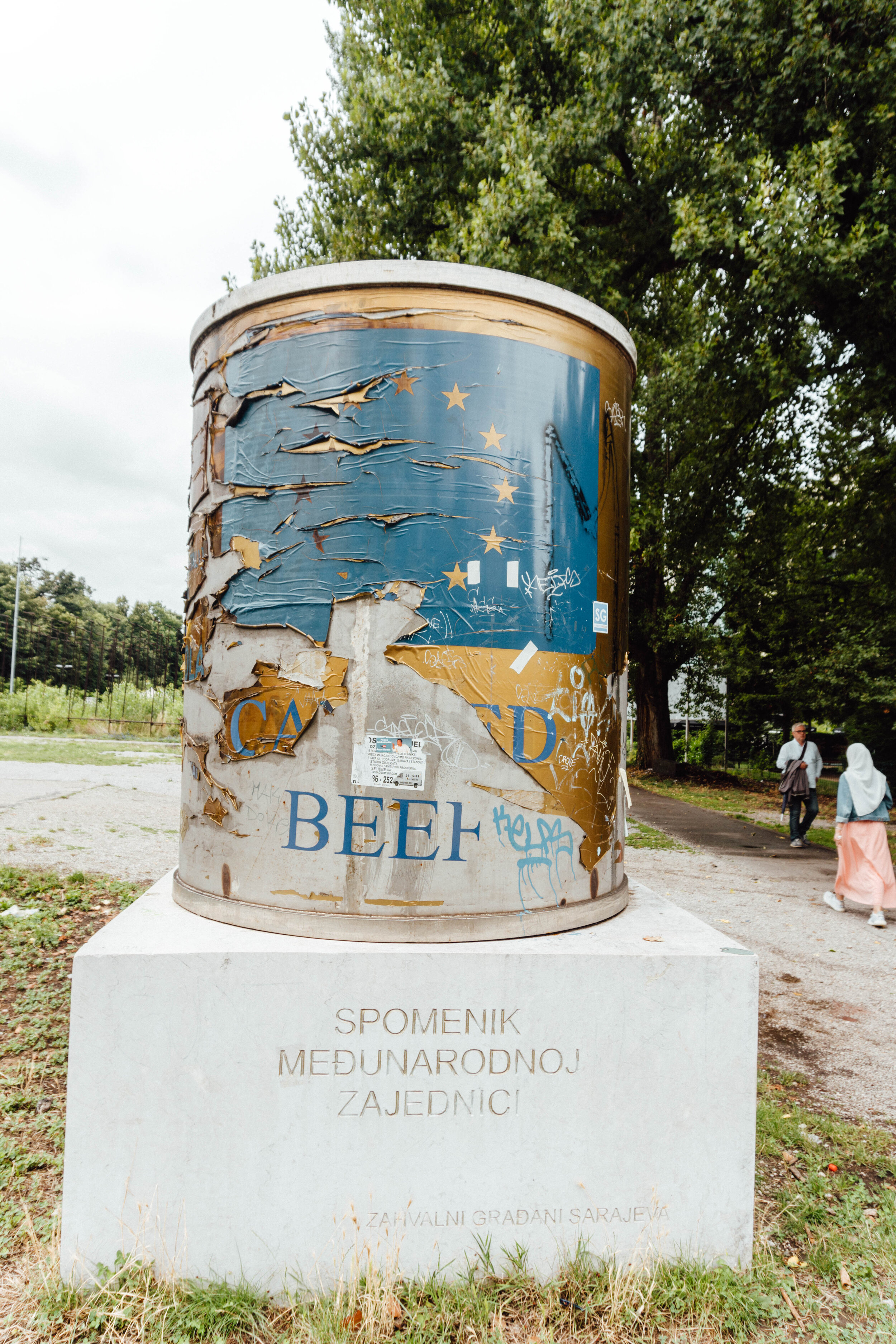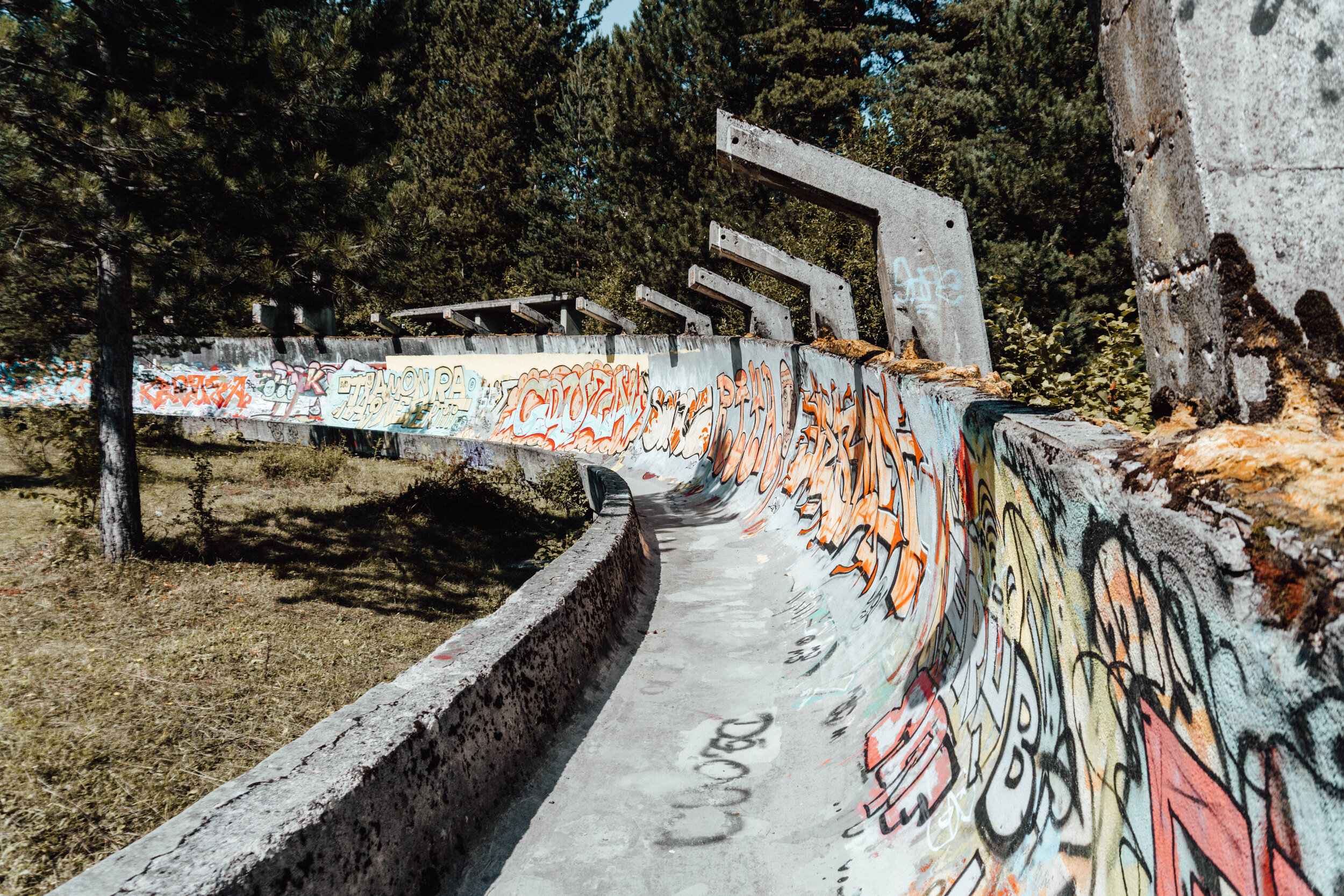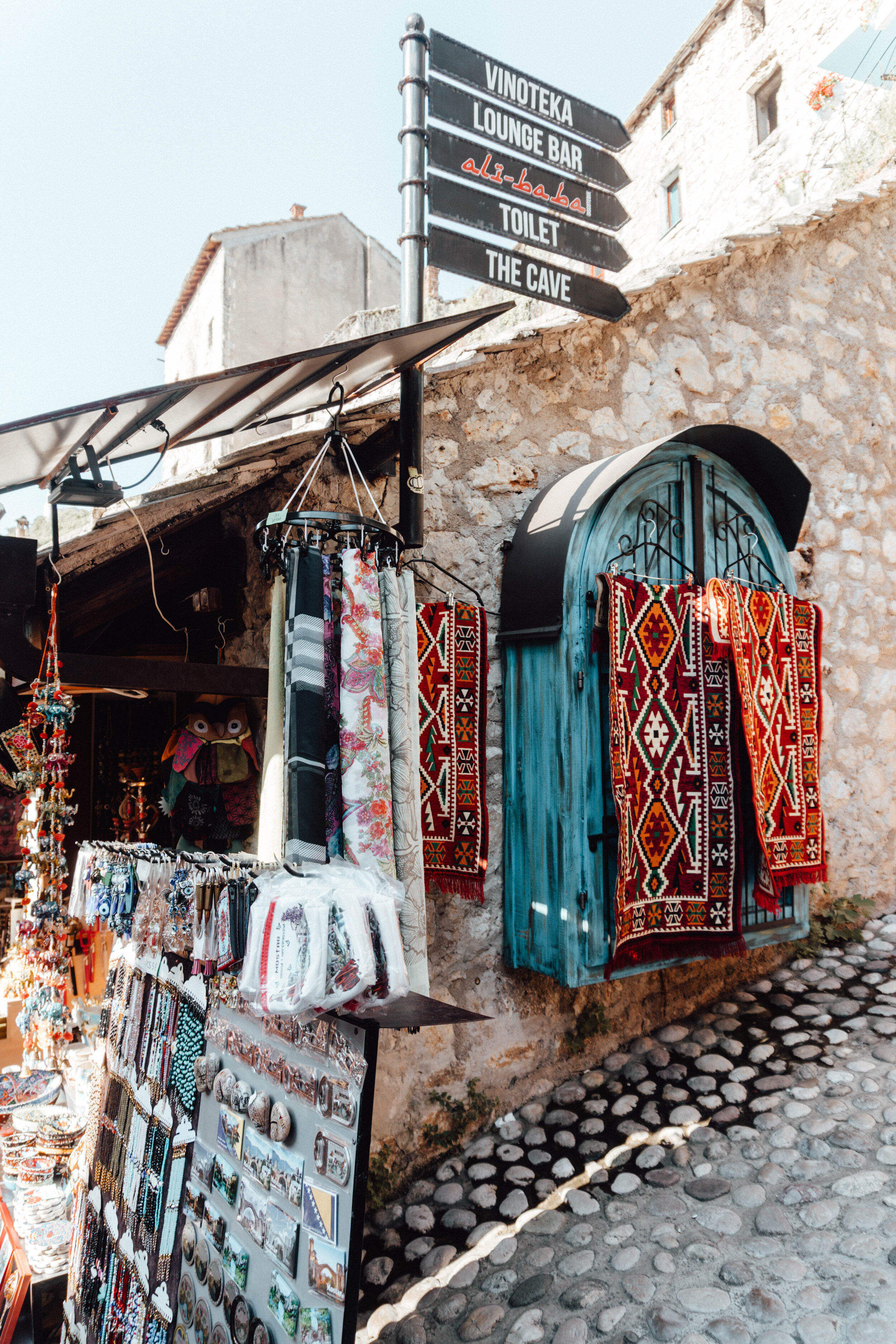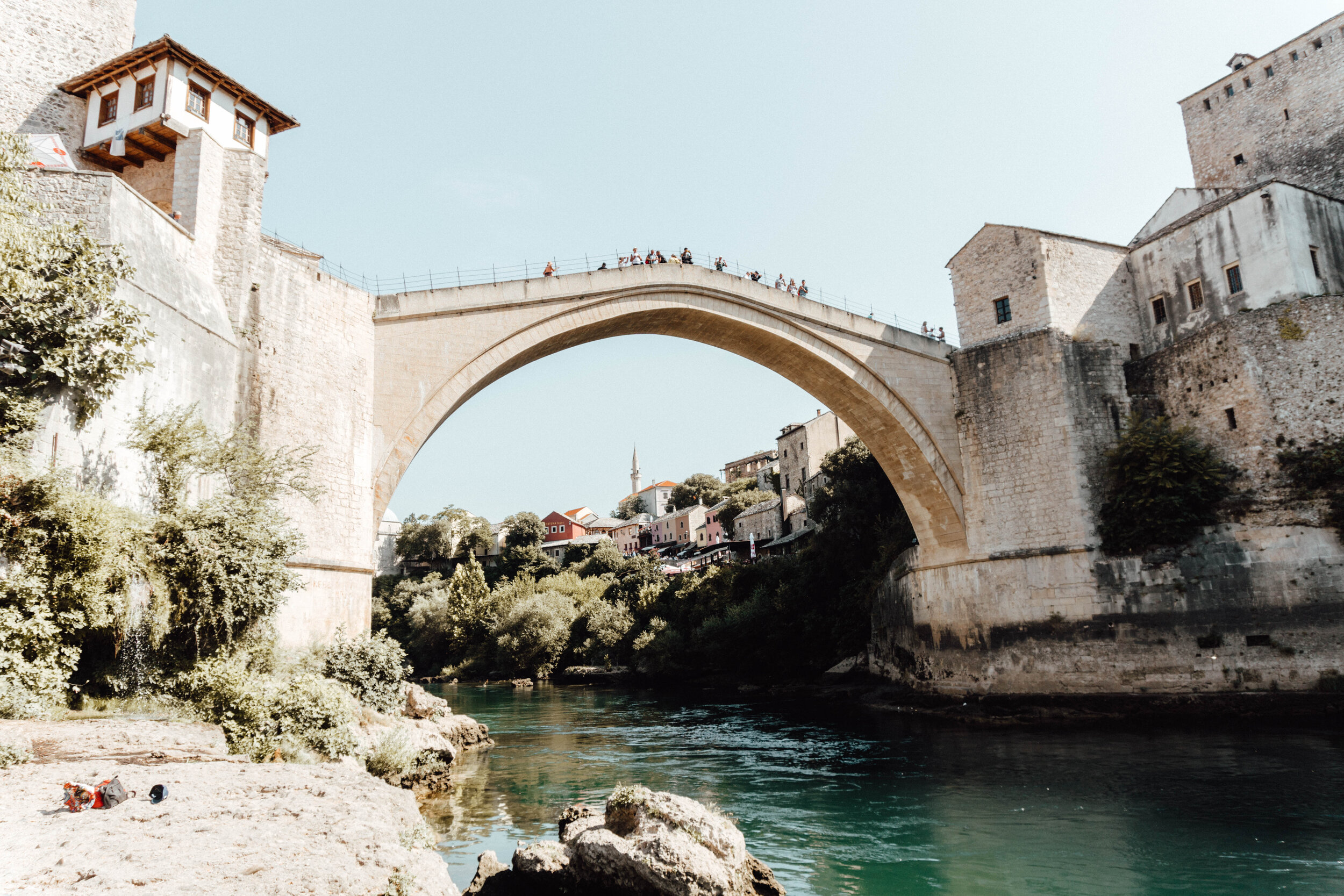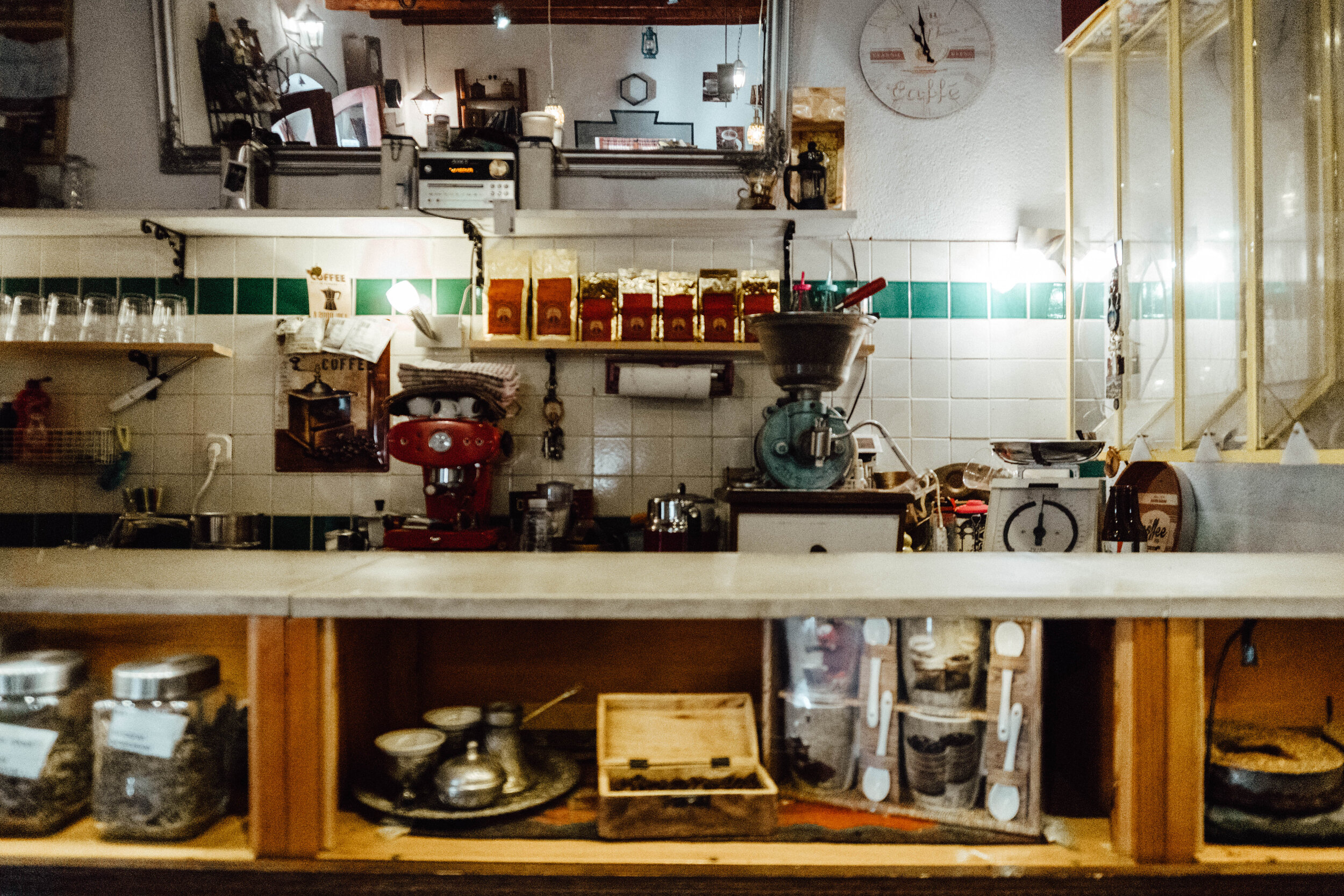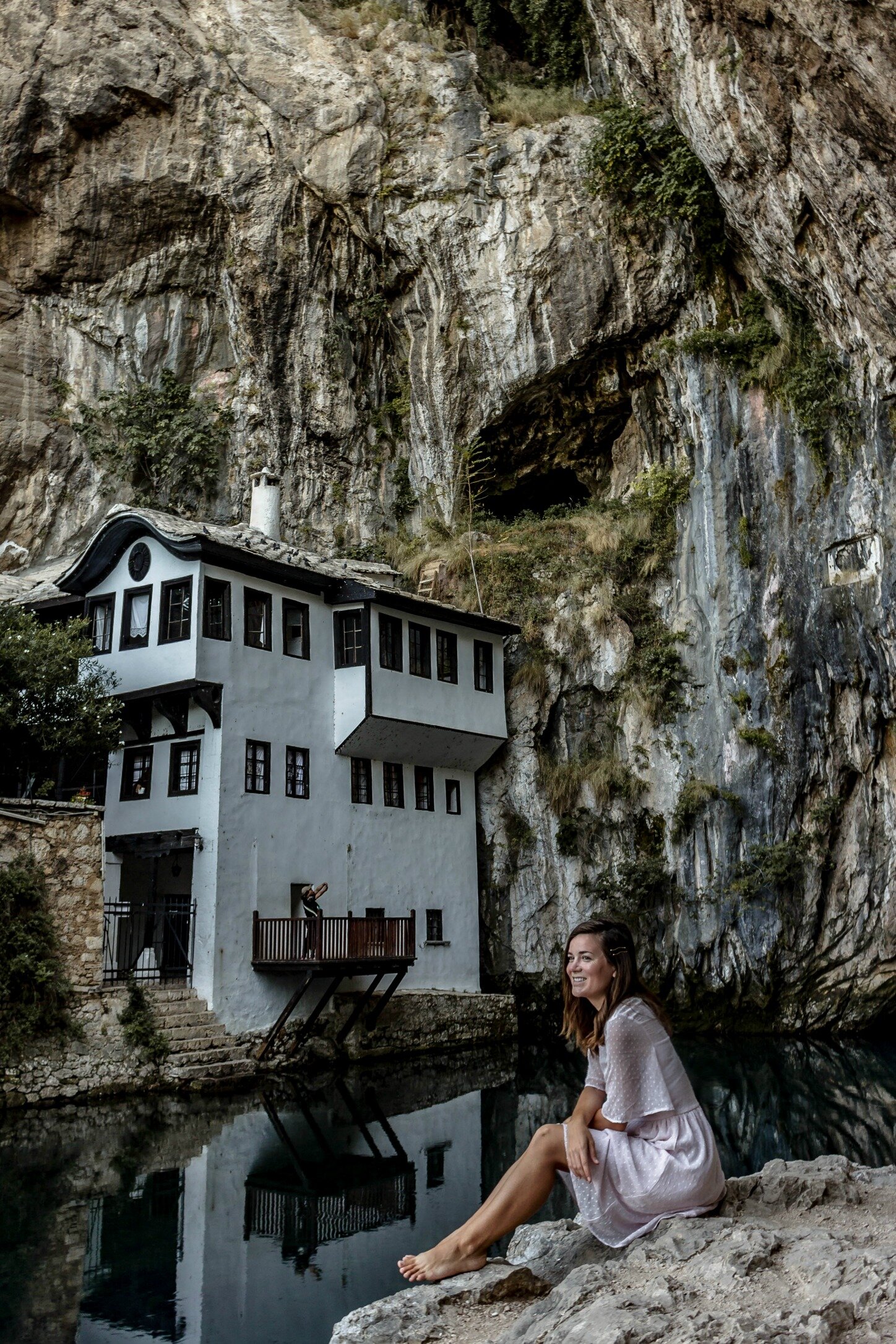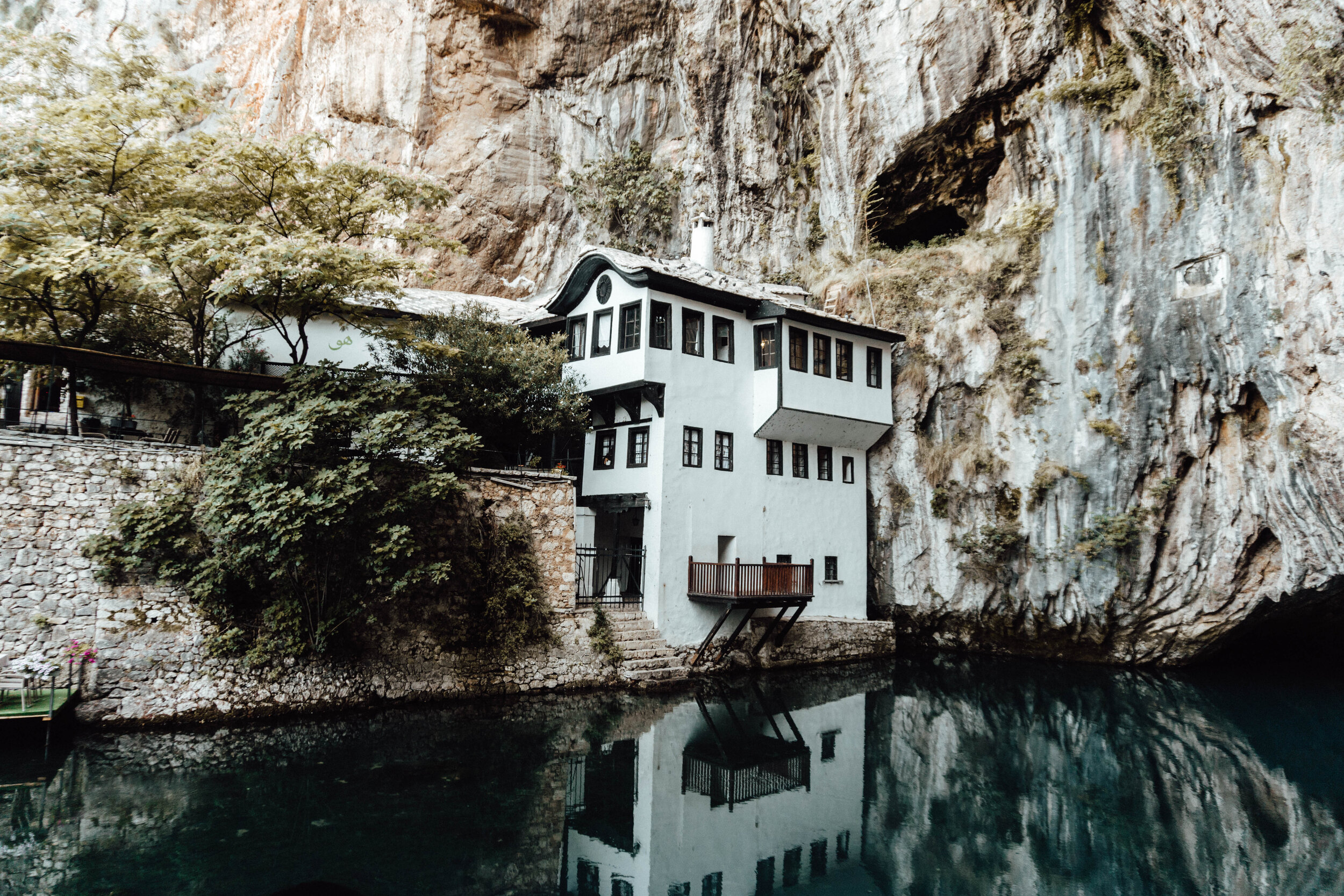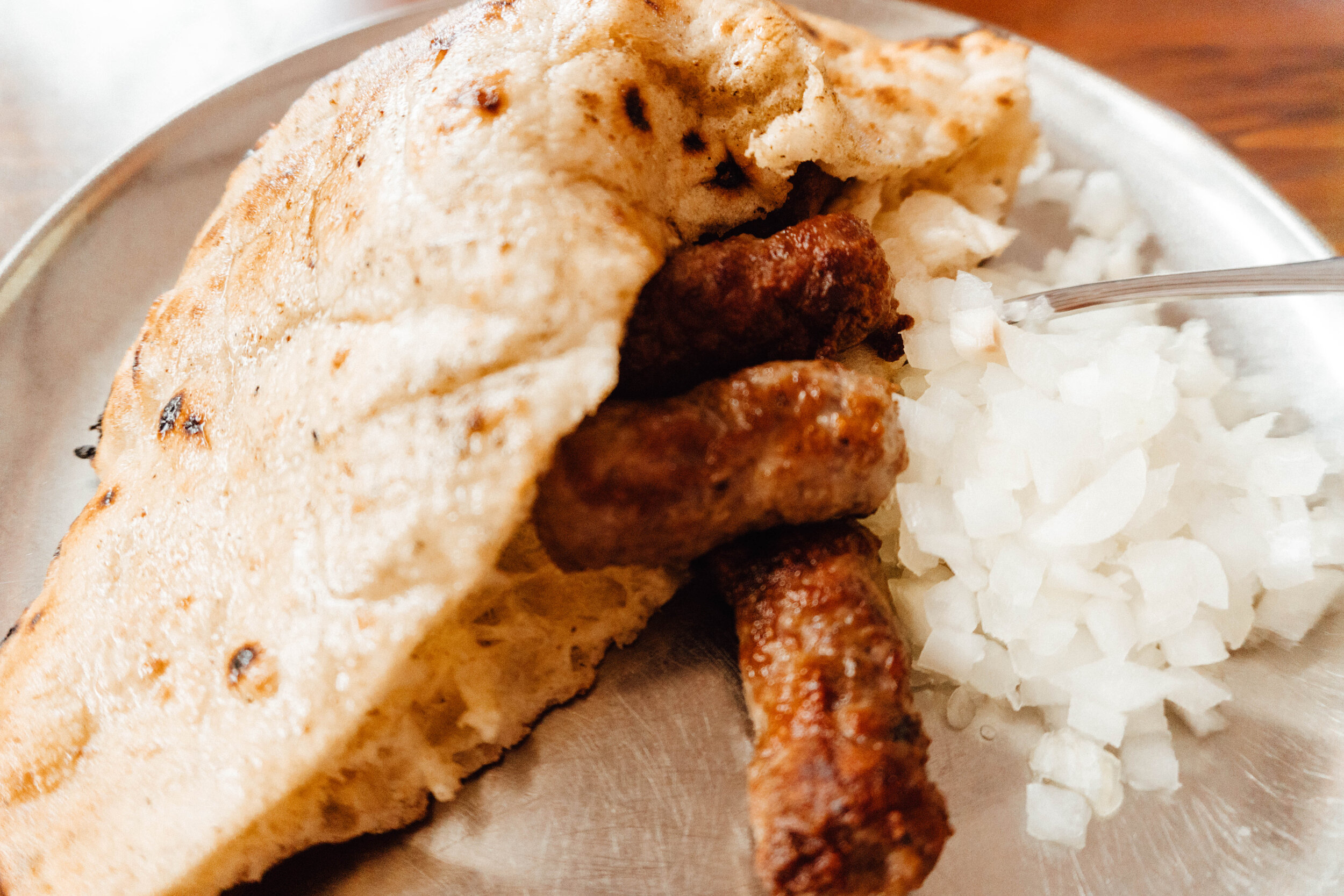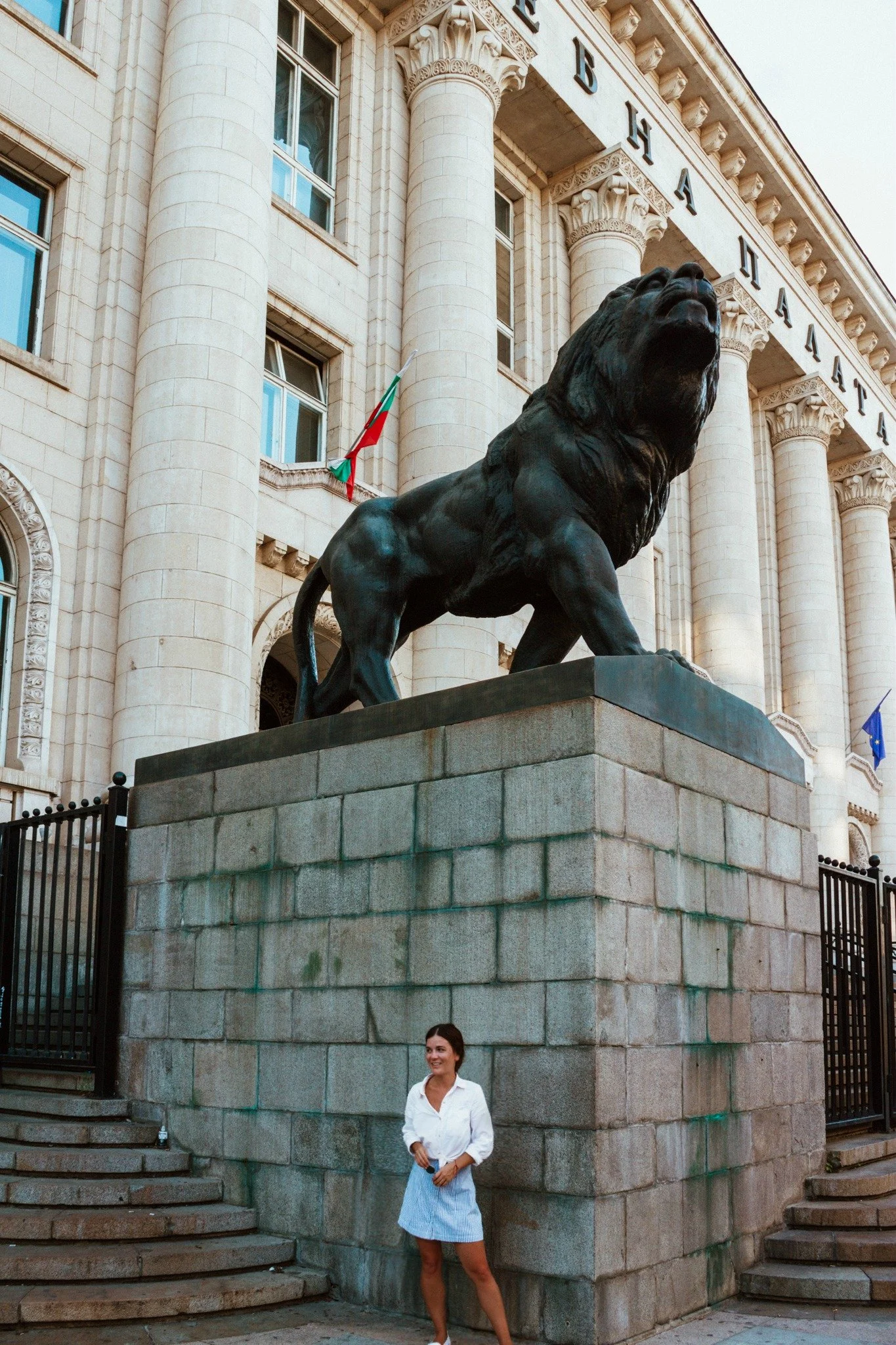The Perfect 1-Week Road Trip Itinerary for Bosnia + Herzegovina
Wondering how to spend a week exploring Bosnia + Herzegovina on the open road? I’ve created an epic road trip itinerary that includes delicious local cuisine, historical sites, stunning scenery, and cultural museums.
One week of road-tripping through Bosnia and Herzegovina left me in awe of its stunning natural landscapes, its satiating food, and the powerful ways in which its sharing its history. Located in the Balkans region of Europe, Bosnia and Herzegovina is rich in culture, history, and art. This road trip itinerary is perfected so that you can optimize your time exploring this highly underrated country, brimming with beauty beyond what you might imagine.
Previous to visiting, I had been intrigued by Bosnia, whose full name is Bosnia and Herzegovina, since I began learning about the Siege of Sarajevo. It seems to me that, much like the tragic history of Laos, Bosnia’s past is either fixated on or swept entirely under the rug. Perhaps this is because those terrible things that have occurred sit at a strange point in time— 30 years is both a long time and no time at all for something as brutal as the Bosnian War. I loved Bosnia and Herzegovina because it lacked any pretence. From the onset, I felt welcome and in awe of the warmth of the people, while still maintaining that quintessential Eastern European strength. There is so much more to Bosnia than its war— you just have to visit to see for yourself. Grab your keys, hop in the car, and let’s get you on an epic road trip across Bosnia!
a brief history of Bosnia ↴
To write the entire history of a country would take a lifetime, and I’m highly unqualified to do so anyway. Instead, I’ll share a brief history and what’s happened in the last 30-odd years. In truth, the story of the Bosnian people is not mine to tell, which is another reason you should visit and hear it straight from the source.
This is a very brief version of it all:
In 1991, the president of Yugoslavia died. After Tito’s death, the ethnic tensions that existed under the surface (i.e. those that were suppressed by Tito’s administration) began to bubble. Soon, in 1991, Bosnia and Herzegovina declared sovereignty and independence from the former Yugoslavia. Due to its central location and the mass of land, it consisted of, it wasn’t as simple as leaving the former Yugoslavia. Thus the beginning of the Bosnian War—a bloody and brutal conflict. Jump forward six years later, and eventually, NATO mediated a peace treaty that was signed in Dayton, Ohio. The peace treaty did not serve everyone, and many think it wasn’t well thought out. The diverse population that still exists in Bosnia means that tensions still exist. Because of this, it is best to steer clear of discussing politics or bringing up religion. It’s also a good idea not to refer to locals under one of the terms that denote specific cultural/religious ties (i.e. Bosniak, Croat, Serb). “Bosnian” is, for the most part, considered a neutral term to reference anyone from the country.
visas for Bosnia ↴
As of 2019, U.S. + U.K. citizens do not need visas to enter Bosnia and Herzegovina and are permitted to stay for up to 90 days. It is required that you provide a valid passport with at least two blank pages at time of entry.
when to visit Bosnia ↴
May through September is the best time to plan a trip to Bosnia and Herzegovina, though if I had a do-over, I wouldn’t recommend Mostar in July— it was absolutely roasting. There is a Street Art Festival in Mostar every spring and a Jazzfest in Sarajevo every November. If either of those activities sounds interesting, plan accordingly.
Spring (late February - May) | In the early part of the spring season, temperatures are still quite chilly, but the natural landscapes turn bright green. Fewer crowds in the early spring make it a great time to visit. Temperatures towards the end of the spring season, in late March through the beginning of April, can reach upwards of 20°C. By the beginning of May, 23°C days are typical.
Summer (June-August)| July is the hottest month of the year, and having visited during July I can attest to the high temperatures and unbearable heat. In some regions, it’s not uncommon for the temperatures to reach upwards of 40°C. There’s hardly any rain during these months, but this is peak tourist season so you should expect crowds if you’re planning a visit this time of year.
Autumn (September-November)| The early autumn months
Winter (late November - mid-February)| The winter temperatures in Bosnia and Herzegovina average around 4°C in the valleys and go as low as -5°C in the country's mountainous regions. You can expect snowfall at higher altitude areas and lots of moody fog near the water. If you can handle the colder temperatures, winter is a beautiful time to visit Bosnia and Herzegovina as there is typically some snowfall dusting the landscape and there are next to no tourists. However, the waterfalls near the Croatian borders will not be warm enough to swim under, so consider this when planning.
how to get to Bosnia ↴
From within Europe | Budget travellers coming to Bosnia from within the Europe continent should check budget airlines, train, and bus travel. The train system in Eastern Europe is an extensive and great option for getting into Bosnia. Because Bosnia is so centrally located, there are plenty of trains and buses that run from capital cities like Zagreb to Sarajevo and Mostar.
From outside of Europe | Bosnia + Herzegovina is serviced mainly by Sarajevo International Airport, also known as Butmir Airport, located in the nation’s capital city. Croatia Airlines and Turkish Airlines both operate regular and relatively affordable flights into Sarajevo.
getting around Bosnia ↴
Around cities + towns | When I travel, I tend to walk absolutely everywhere. Readers of this blog will probably have gathered that by now. However, I really mean it when I say it’s the best way to see most places. In the case of Bosnia, the infrastructure makes walking a tiny bit more hazardous {watch out for cracks and uneven pavement} but still my recommendation for how to explore.
Between cities + towns | There are buses between most major tourist towns, however, we found that it was more cost-effective to rent our own car. This also allowed us the freedom to stop where and when we wanted to and to venture off the beaten path. Renting a vehicle was actually the best decision we made in Bosnia. We had full reign over our itinerary and the cost was completely reasonable {£50 per person for two people for a 4-day rental with Enterprise}. To put that into perspective, a bus ticket from Sarajevo to Mostar was €60 per person. The bus system is available to those who prefer not to drive, but rides can be long and uncomfortable. Most bus rides I endured in the Balkans were not air-conditioned and smelled heavily of smoke— get used to this if you’re traveling through Eastern Europe for long. Ultimately, buses will get you where you need to go, but may take a bit of planning if you want to head anywhere outside of Sarajevo and Mostar.
quick travel tips for Bosnia ↴
Currency | This is a bit confusing…because Bosnia has its own currency (Bosnia and Herzegovina Convertible Mark) but it regularly uses the Euro for sake of ease.
Electricity | 230V/50hz. European 2-prong (Type C & Type E). Americans will need an adaptor.
Water | Tap water in Bosnia can be hit and miss on the safety front. I suggest investing in a LifeStraw or Grayl water bottle to save you money in the long run and to do your part in protecting the planet.
Budget | Bosnia is an affordable travel destination, though prices have escalated, particularly in Mostar where cruise-goers from Croatia cross over the border. I found it more spendy than Serbia, but much less expensive than Croatia.
Dietary restrictions | I’ll be the first to admit, being a vegetarian was tricky throughout the Balkans. The culture is meat-heavy and it’s hard to communicate dietary restrictions, but fresh food at markets is easy to acquire. I always carried an apple in my bag to stave off hunger. Veggies should plan on eating a lot of spinach and cheese bureks—they’re vegetarian and make a tasty lunch. You must learn “I’m vegetarian and I do not eat meat” in Bosnian. You will need it.
suggested 1-week itinerary for bosnia ↴
Sarajevo- 2-3 days
Sarajevo, the country’s capital, is located in the central/southeasterly part of Bosnia and Herzegovina. It’s the nation’s largest city, and surprised me by how hilly it was. Even after Dubrovnik, which everyone warned me would set my legs on fire, Sarajevo provided the ultimate workout just while I explored via walking.
what to do in Sarajevo
Hike Mount Trebević for a panoramic view of the city. This is particularly good at sunset!
War Memories Tour with a local guide. This tour taught me SO much. I cannot recommend it enough. It’s a free walking tour (please tip generously) led by a local who grew up during the Bosnian War and lived in Sarajevo during the siege.
Childhood War Museum | This museum has crowdsourced the items on exhibit to show visitors what it was really like to be a child in the midst of a violent war.
Visit the “Canned Beef” monument |The monument is from the people of the city with love to the canned beef leftovers from World War II the UN sent over during the Seige of Sarajevo. It’s quite tongue-in-cheek since no one actually enjoyed eating the canned beef, which had the look and consistency of dog food. If this proves anything, it’s that Bosnians have a sly sense of humor I can appreciate. Admittedly, when I visited the monument had been defaced, with a dead bird delicately placed on the side of the monument’s stand.
Hike up to the abandoned bobsled track from the Olympics | Bring good shoes for the hike and sunscreen in the summer.
Shop for produce at Markale Market | This is a great place to find local produce for hiking snacks or meals.
CAN’T MISS CAFÉS + EATERIES in Sarajevo
Our young AirBnB host gave us a list of recommendations, at the top of which was Coffee Lab. This is a chain, but the location in Sarajevo has a very cool atmosphere, delicious iced Chai, and warm staff that make it a great place to start your day. There is also WiFi here and large tables for those needing a space to work.
Pirpa was another host recommendation that did not disappoint. Come here for falafel by the river! It was affordable, delicious, and the size of my head.
Mostar- 1-2 days
Mostar is rather small, making it easily walkable. It is, however, extremely hot. Temperatures soar in the summertime here, so be prepared to fierce heat and sun.
what to see + do in mostar
Walk around the sniper-tower-turned-political-art-installation. This is a controversial thing to offer up as an activity since some say it is closed to tourists. I don’t encourage anyone to illegally trespass, and I hope everyone reading this visits the sniper tower with the knowledge that people were shot from the tower (i.e. it’s not a place for “fun”). The tower has been turned into an art installation of sorts adorned with political messages, murals, and graffiti. Visiting the tower respectfully is a unique way to understand the profound impacts of the war.
Check out the photo-famous Stari Most, which means “Old Bridge”. This is where everyone gets their Instagram photos in Mostar, for good reason— the high arch of the bridge is something to marvel at. The original bridge was destroyed by Croatian forces during the Bosnian War, but it was rebuilt in 2005 and received UNESCO World Heritage Site.
Visit the Koski Mehmed Paša Mosque, but be sure to wear appropriate clothing {knees, shoulders, hair covered}.
Make time for seeing Kriva Cuprija, the smaller and less touristy version of Stari Most, which managed to come out of the war nearly entirely unscathed.
Peep the Bruce Lee statue in the park. Yeah, you read that right.
CAN’T MISS CAFÉS + EATERIES in Mostar
Traditional Bosnian coffee at Café de Alma, where they roast the beans in-house.
Blagaj Tekija- .5 day
Approximately 16-minutes from Mostar by car is the small village of Blagaj. There really isn’t much to see here, but there’s definitely enough to fill up a morning.
what to see + do
Visit the Dervish monastery from the 16th-century. This monastery, with its traditional Ottoman architecture, sits along some of the bluest water I’ve ever seen, lined by cafés and restaurants serving coffee and baklava.
Try Bosnian sweets at a riverside café. I highly recommend trying baklava!
Kravice Waterfalls- 1 day
A quick drive from Mostar is Kravice Waterfalls, which boasts beautiful, clear water and a gorgeous dose of Bosnia’s natural wonder. Spend a day splashing around or reading a book in the sunshine.
what to know before you visit
You will have to pay cash for a ticket to enter the waterfalls.
They fill up with tourists during peak season around 9 AM.
Bring a picnic or you’ll be forced to eat at the restaurants surrounding the falls, which are highly overpriced.
The water is freezing, even during the hottest months of the year, so swim bravely!
Bring a towel, easy to slip on and off shoes, and remember to pack out anything that you bring in with you.
must-try foods in bosnia ↴
Čevapćići | If you’re a carnivore, any local you meet will tell you čevapćići, also called čevapi. This local dish is made of flatbread stuffed with sausages and chopped onion with olive oil drizzled throughout. Luke loved his, though it is as simple as it sounds.
Bosnian coffee | On any early morning in Bosnia, you’ll see locals drinking coffee with a cigarette on the side (a very “Balkans” thing to do). True, traditional coffee is an art and requires a bit of getting used to since there are many steps involved.
sim cards + wifi in Bosnia ↴
For the duration of my weeks spent in Bosnia, I used Travelwifi to stay online. This allowed me to utilize Instagram, stay caught up with emails, and message my AirBnB hosts. The WiFi even worked at the waterfalls.
Those who aren’t convinced of the ease and reliability of Travelwifi can find very affordable mobile data at kiosks throughout most towns. BH Telecom is the best option for maximum chance of coverage throughout both Bosnia & Herzegovina. Beware of getting SIM cards with only text and talk— double check yours has data if that’s what you’re planning on using it for (navigation apps, etc.).
As I’ve been working remotely full-time now for two years, it’s become increasingly important for me to figure out where I can go with reliable internet. I had zero issues in Bosnia, but here is a list of WiFi spots in Sarajevo, for those who might want to make a base in the Bosnian capital.
safety in bosnia ↴
People seemed fixated on my safety while I was in Bosnia and Herzegovina, much like when I was in Istanbul. I blame this entirely on its violent history nearly 30 years ago. Because of the influx in safety concerns, I thought I’d address it here, once and for all. Crime is very low and primarily involves pickpocketing in places with heavy foot traffic. I felt safe as a woman travelling there, even at night. Landmines are still a major concern, most especially for hikers. Stay on existing hiking trails and avoid driving off route. As always, I recommend you buy travel insurance before you head off on your trip.
